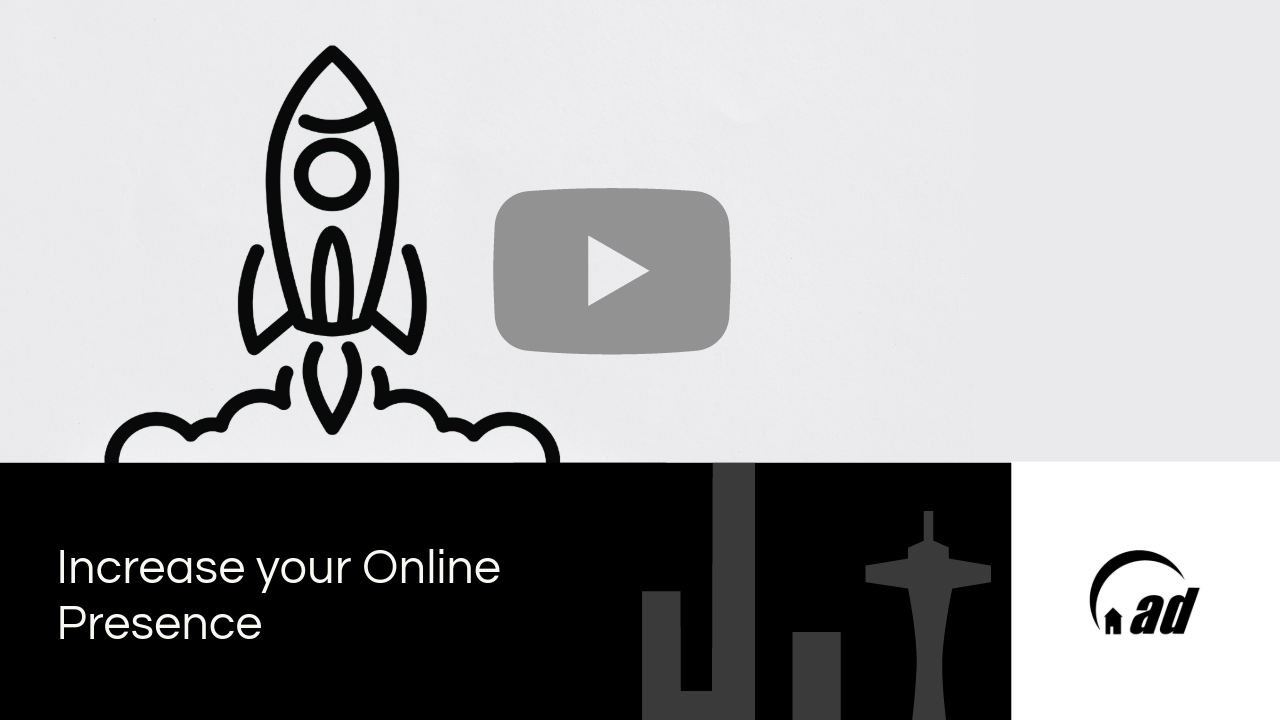How to Create a Solid Brand Identity That Wins Customer Attention
Creating a distinct brand for your company is critical if you want to stand out from the crowd and attract more prospective clients. But with the ever-increasing competition in the market today, it's vital now more than ever to accurately position your business in the minds of customers.

Entrepreneurs must understand that how they brand their business is crucial in attracting customers and shaping how they interact with their company. And the best way to build a strong brand image involves leveraging your logos, taglines, colors, and tone.
However, building a solid brand around your business and products would be easier with proper guidance. That's why we'll be exploring how to do just that today.
Let's get to it.
Five Pointers for Developing a Standout Brand
Create Ideas That Match Your Company's Strengths
The key to developing a distinct brand is to build your brand image around ideas that align with your company's mission and strengths. You can create your brand identity around innovation, eco-friendly, virtual reality, lowest prices, and reliability.
When building your brand, your goal should be to develop creative ideas that showcase your company's character, benefits, and unique selling points. And this means finding a unique, catchy brand name, 4-letter domain name, a captivating tone, and a message that fits your business perfectly.
Study Your Competitors
No matter what niche or market you find yourself in, other brands will always compete for customers' attention alongside you. And sometimes, they have things that you can learn from.
You need to critically analyze your competition before developing your own brand identity. The competitive analysis provides information, particularly on rivals' brands, on what to do and what not to do when branding your business.
Researching successful brands in your market will help you understand how their colors, typography, logos, and taglines work to their benefit and how they convey their brand across various platforms.
While researching, please pay attention to their products and services and figure out how they differ from those of your company. But remember, before researching your competitors, you need to understand who and what your brand is.
Create an Extensive Brand Book
Once you've researched your competitors and developed an attractive concept for your brand, the next step you need to take is creating your brand book. Your brand book is a document that explains your brand's core elements and how they should be used in branding your business.
These branding elements can include your brand mission, vision, message, tone, logo, and slogan. And if you get stuck while creating your brand book, feel free to draw inspiration from other successful brands in your sector.
Pick a Great Name
A generic brand name can weaken all your tedious branding efforts. So, make it your goal to find a short, simple name that aligns with your brand, hasn't been trademarked, has a matching domain name, and has been tested and approved by your target audience. And the most reliable way to find a compelling business name is either by using a brand name generator or brainstorming.
Integrate Your Brand Image Everywhere
To establish a consistent brand, you must integrate your branding strategy into every facet of your business. Everything from your brand colors to your font, tagline, and tone must remain consistent across all your social media accounts, branded materials, and even physical location.
So, when selecting the best colors for your brand, make sure they express your brand's concept and evoke positive emotions. When choosing a typeface, make sure it is easy to read and represents your brand's message and personality.
And when coming up with your tagline, ensure it delivers your brand message in a simple, catchy, and memorable way. Use every piece of your brand's design and written elements to set your business apart from the competition.
Build a Solid Website
A solid website is a crucial component of any business and should be used to show customers the unique qualities of your brand. Creating a visually appealing and engaging website is one good way to set yourself apart from competitors.
Also, please ensure that your website is easy to use and has all the relevant information your customers need. Building a content-rich and informative website will help draw in more visitors and increase your internet presence. With that said, Allshouse Designs offers professional website design packages to most entrepreneurs.
Stand Out With Branding
Although almost every market is flooded with various products, brands, and competition, developing a distinct brand image that connects with your company's strengths and passions is critical to distinguishing yourself from the brands in your sector and reaching a larger pool of potential customers.
About the Author
Grant Polachek is the head of branding at Squadhelp, a 3X Inc. 5000 company that generates strong, compelling, and memorable brand names for both large enterprises and start-ups. As the leading naming agency, we actively sorted through over a million names and produced a robust list of unique domain names suitable for use anywhere.
Share
Tips & Updates








